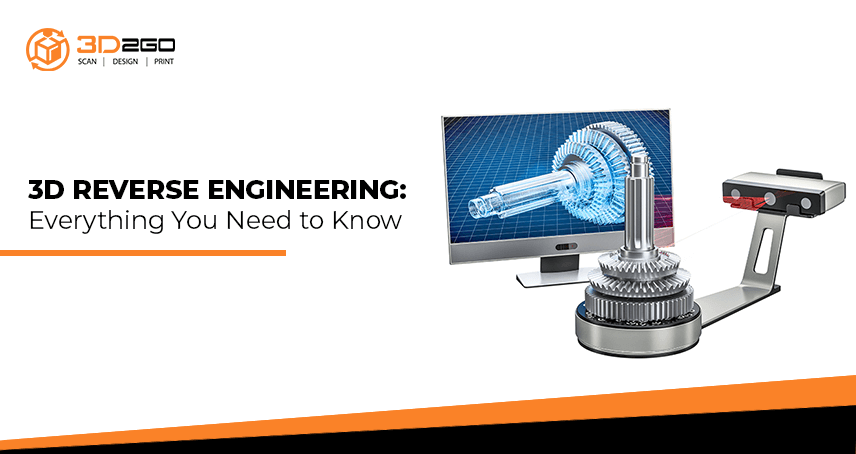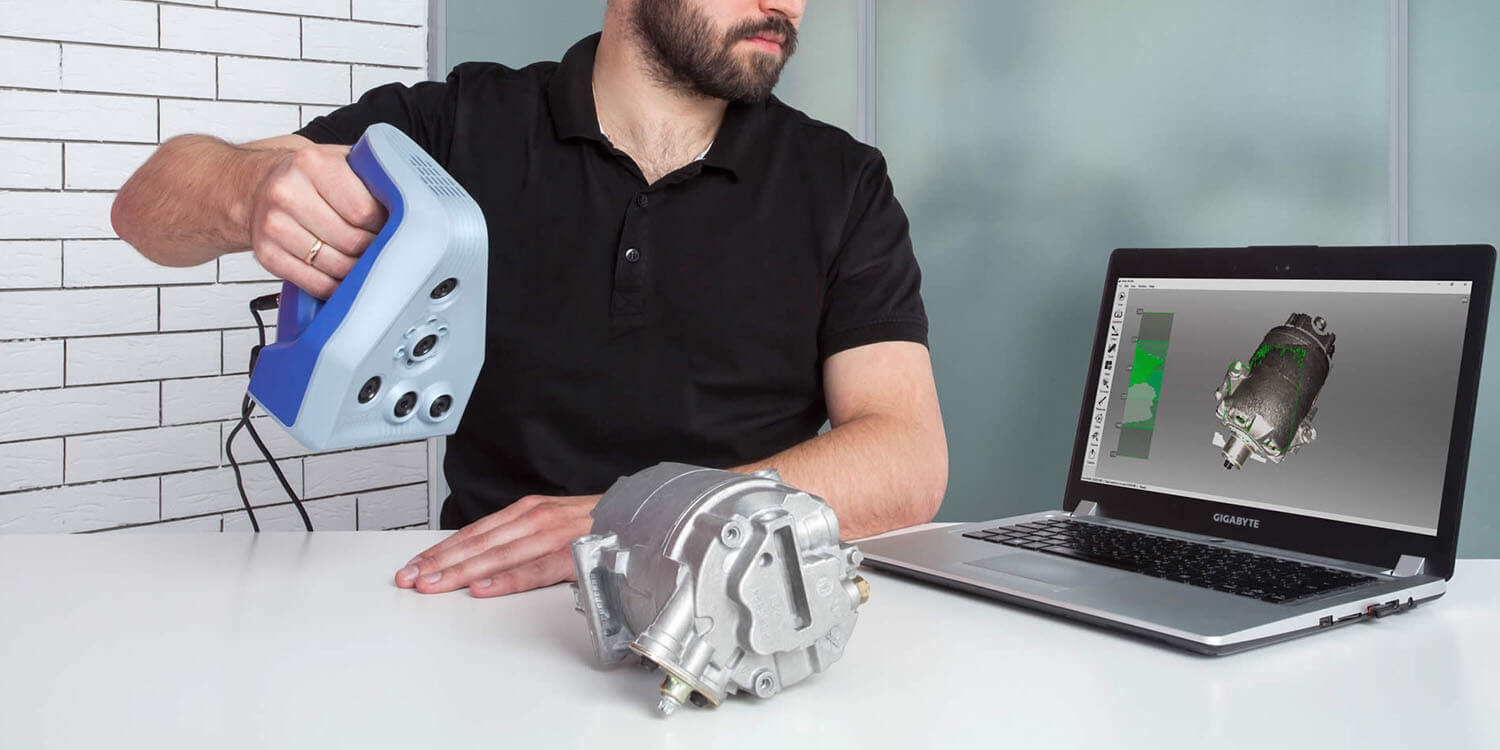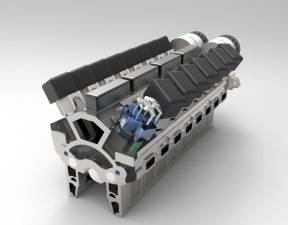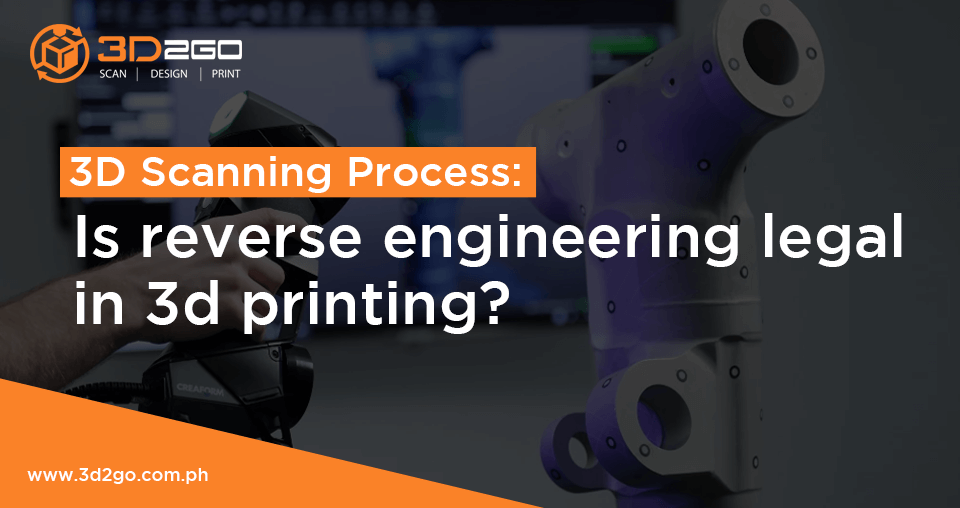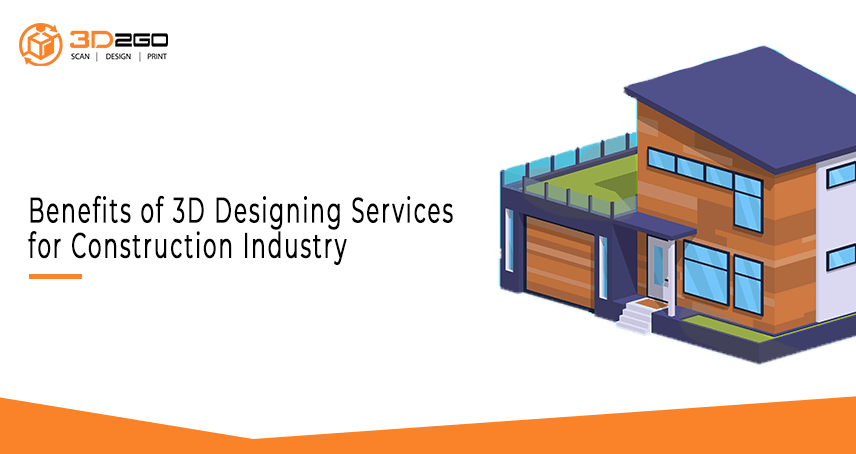
Benefits of 3D Designing Services for Construction Industry
September 8, 2022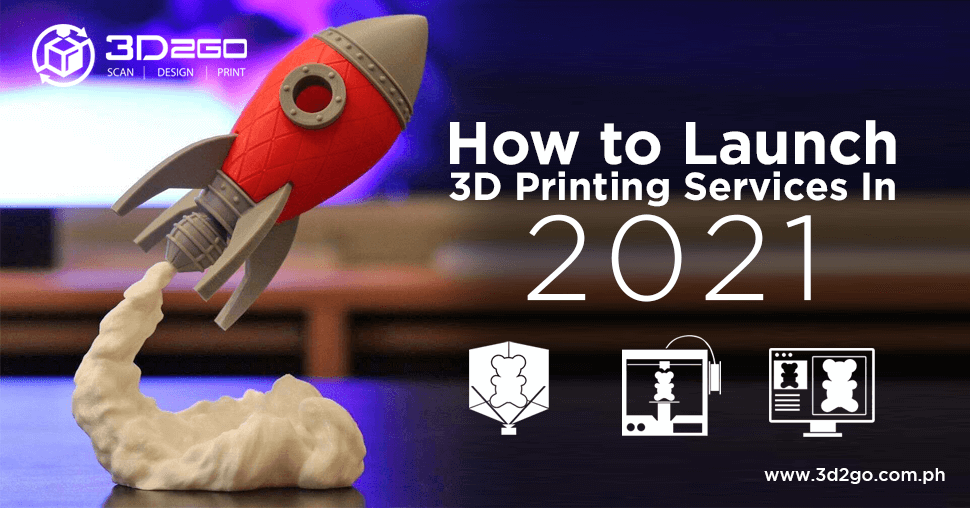
9 Products To Sell Via 3D Printing Services In 2022
September 10, 2022Planning to get a 3D Reverse Engineering service for your project? Here’s what you need to know.
Developers, manufacturers, and engineers have been able to make incredibly high-quality likenesses, molds, prototypes, and parts for products and research thanks to 3D Reverse Engineering.
Automotive engineers, aerospace specialists, and medical researchers need the finest quality scans possible because they employ molds, castings, and printed parts to better examine and improve their processes.
But there is so much more to know about the service such as its usage and process. So in this article, we will dive into those.
What are 3D Reverse Engineering Services?
Reverse engineering is the process of developing CAD models and detailed toleranced drawings from actual parts and assemblies.
When a corporation wishes to improve an existing outside design, has insufficient design documentation (CAD and drawings) for internal designs, or needs CAD data for current production methods, the demand for CAD data arises.
The acquired and CAD-modeled 3-D data can be utilized to troubleshoot, replicate, study, analyze, inspect, or apply to other future applications or product developments.
Changes in product design and/or tool or die design can be easily updated using 3D CAD models. Surface models built by 3D reverse engineering services can also be used to create tools and dies.
So, if your highly tuned stamping or injection mold breaks, we can use 3D scanning services to digitally correct it in a CAD model and get you back up and running in no time.
Notes on the 3D Reverse Engineering Process
The 3D printing reverse engineering technique relies heavily on understanding the function of the component or assembly.
It’s not enough to simply copy a physical item into CAD space; you also need to understand how the part/assembly interacts with other components in the system.
This will allow the dimensioned and tolerance prints to have the necessary tolerance stacking information.
Get engineers who are certified in tolerance stacking using Geometric Dimensioning and Tolerancing (GD&T).
This knowledge also allows them to deduce the likely design intent of various aspects of a component’s design. Some 3D Reverse Engineers require the assistance of their customer as they are more knowledgeable in some parts of the equipment. They’d like to include their experience into their reverse engineering efforts in order to achieve the greatest reverse engineering 3D model result.
The process continues with the collection of all available data and the digitization of provided sample components.
In the reverse engineering process, they frequently acquire obsolete printouts, manuals, broken parts, or other written data to utilize as starting points and guidelines.
During the reverse engineering process, thye smoothly merge all relevant data into one.
Usage of 3D Reverse Engineering
How does 3D scanning reverse engineering help engineers? Here are some of the ways:
- Physical or Structural Reverse Engineering
The structural reverse engineering technique entails examining the product/object thoroughly to understand its many visible components and then arranging the deconstruction procedure.
Every sub-component goes through the same procedure. All of the findings are documented in order to provide a thorough understanding of the construction process.
Instead of developing a component from the ground up, reverse engineering takes an existing component and disassembles it to learn how it was made.
For components or products with inadequate or incomplete design documentation and unclear build procedures, this step becomes critical.
Reverse engineering is far more accurate than rebuilding the same component from scratch, which involves substantial time, cost and effort.
- Accuracy
The problem with physical / structural reverse engineering is that not every component or product can be easily disassembled, and the shape of the component may prevent us from taking a precise measurement in most cases.
There are cases where different sub-components are interconnected and generate a compound component that cannot be assessed separately.
Furthermore, in such circumstances, the deconstruction may not be accurate.
As a result, it’s critical to preserve the component or product intact while measuring its high-density geometry, curvature, and other difficult-to-measure features. This is when 3D reverse engineering comes in handy.
- It makes engineering easier
A 3D laser scanner gathers all surface points and extrapolates the component’s specific forms and measurements using software using its accurate point capture technique.
You may disassemble the entire component using these 3D measurements and photos, and even make tiny alterations and modifications to your design to make it better and more efficient.
As part of reverse engineering, 3D scanning techniques are used to measure an object to be built and then reconstructed as a 3D model. Laser scanners, industrial CT scanners, CMMs, and structured light digitizers are examples of common 3D inspection or 3D scanning techniques.
Advanced 3D laser scanning is a popular technology because it provides clear and precise dimensions of items that are otherwise difficult to measure.
Benefits of 3D Reverse Engineering
In a nutshell, 3D technology reverse engineering can effectively analyze an object using the 3D scanner and the resulting data to build a CAD or 3D model.
But that is not the only benefit of having 3D reverse engineering services at your back. Here are more:
- More in-depth understanding of a completed object
- Find faults in the completed object
- Run tolerance simulations of completed objects
- Run analysis’ of the completed objects
- Reproduce a discontinued object
Conclusion
Knowing what you want to achieve can help you a lot throughout the process, from the actual product you want to reverse engineer to the CAD model.
Reverse engineering is greatly aided by the use of equipment such as 3D scanners. In fact, most of the best reverse engineering projects we’ve done have used 3D scanners because they can capture subtleties that a human eye can’t.
If you want to start with your 3D tech journey, we can be your partner.
3D Printing Services Near You
We are 3D2Go, the #1 company for anything 3D in the Philippines. We have the technology and talents to assist you in creating a 3D model of various items.
We are the one-stop-shop of everything 3D.
By allowing us to help you, you can assure an accurate and satisfying result of your project.
Reach us through our Facebook account or leave us a message here.


